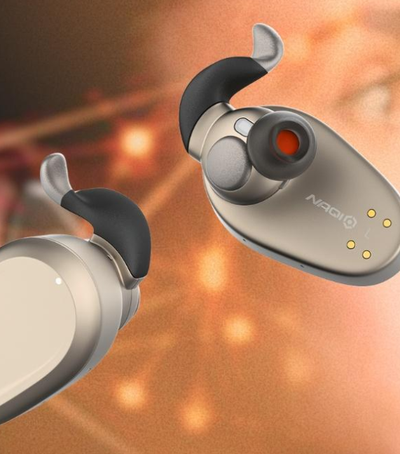
At the farthest reaches of the universe, temperatures drop close to absolute zero, the theoretical limit where all molecular motion stops. But what once sounded like science fiction is now a laboratory reality: scientists are managing to create temperatures lower than those of deep space, opening a new chapter in modern physics.
These experiments take place in ultra-controlled environments, where atoms are slowed down and “lifted” by lasers and magnetic fields to billionths of a degree above absolute zero. In this extreme state, matter no longer behaves as we are used to, it enters strange phases, where the boundaries between wave and particle disappear, and quantum phenomena become apparent.
One of the most remarkable results is the creation of a Bose-Einstein condensate, a rare state of matter where atoms behave as a single “super-atom.” This state allows researchers to observe new behaviors of matter, test theories of quantum gravity, and explore new possibilities for quantum computers and super-precise sensors.
The reason these “cold universes” are so important lies in their ability to reveal fundamental laws of nature. When matter is cooled to near absolute freezing point, it exposes secrets invisible under normal conditions, secrets that could lead to revolutionary technologies in communications, medicine, transportation, and security.
While outside the laboratory the universe is infinite and cold, inside it science manages to create an even deeper coldness, precisely to discover how everything around us works. At these invisible temperatures, humanity is approaching some of the greatest mysteries of existence, one step closer to understanding the nature of matter, energy and time itself.





